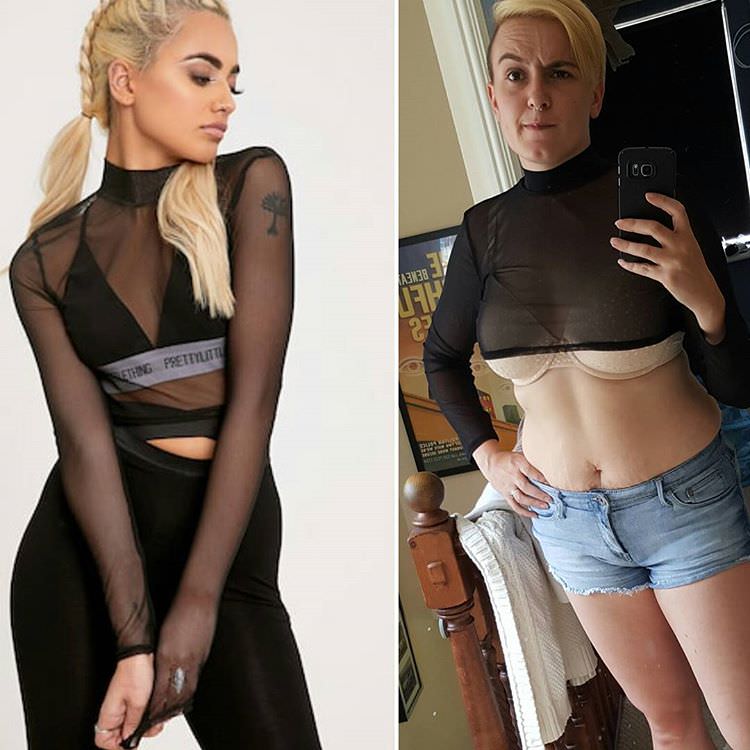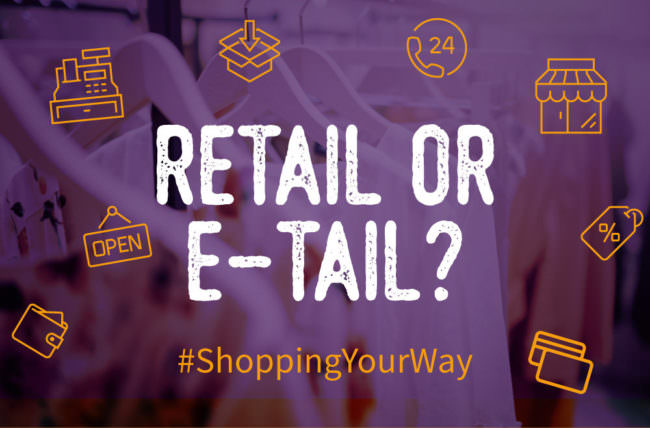Last week I had a conversation with Gaz’s colleagues about my budget Monday shops, off the back of a one-off trip to Tesco for a single meal which Gaz did at a cost of over £40. Forty pounds for one meal! This is in comparison to my weekly shop, which I’m quite pleased to have recently got back down under £50 per week, averaging around £35 per week. However my smugness was short-lived, as I was challenged on the fact that some of this shop comes from online providers.
It’s true, I use Amazon’s subscribe & save to do a big chunk of my regular shopping. The ability to set frequencies, quantities etc on items that I use a predictable amount of: cat food, guinea pig food, cat litter and so on… this is invaluable both to my budgeting and planning ahead. Especially with a billion cats at home (slight exaggeration). Not only that, because Amazon’s service gives you incremental discounts on the items in your regular shop once you buy a certain quantity per time period, I currently get 15% off my pet foods, litter, and coffee… yes, we get through a lot of coffee.
This of course got me thinking about how shopping on the whole has changed over the past 10 years. One of the things I mention on my professional site is that I’m a busy mum, and use the Internet for the bulk of my shopping: it’s this frequent use in the role of “consumer” that gives me an important insight into how websites can best provide to their customers, and this makes me a better developer. If I understand the habits of people who buy, I can develop websites that make the most of those habits. Or that’s my thinking anyway.
Online shopping has radically improved over the past decade and as a result is generally my go-to for spending money, be that clothes and shoes or bigger stuff like electronic items, white goods etc. 99% of the time I research and compare a product online, and complete via a cashback or deal website to make the most of my purchase.
Surprisingly though, swiftmoney.com have recently surveyed 1000 members of the British public to see how people like to spend and a whopping 54% of people still prefer to buy in store (taken from the infographic below). In my opinion, shopping in a store — especially for ‘big’ purchases — lacks the flexibility and bargain-hunt-ability of price comparison and specification research. Not only that but with voucher sites, newsletter subscription benefits and aforementioned cashback (which has earned be back over £700 in just a few years, money I’d have not seen again shopping in-store), and the vast amount of online retailers offering comprehensive returns policies, detailed size information, an increase in the amount of media (photographs, videos, 3D views etc) that give you a full picture of what you’re buying… I really do struggle to see where the benefits of buying offline lie.
With ease of access on the mobile these days, my personal habits (aside from regular predictable purchases) are leaning towards bigger, bolder (and more impulsive) purchases on the go. With over half of purchases made on mobile as of 2016 and Google pushing a ‘mobile-first’ index to prioritise sites with a good mobile presence as of this year, I can see this kind of purchasing is only going to grow in popularity as we head into 2018 too. In my professional opinion, if you have an online store that isn’t mobile friendly 2018 will see your online purchases shrink as market share on mobile continuously increases.
Still, for all my waxing lyrical about buying online, this wouldn’t have happened in a store:
Maybe those 54% of people have a point.



26 Oct at 8:53 am
> In my opinion, shopping in a store — especially for ‘big’ purchases — lacks the flexibility and bargain-hunt-ability of price comparison and specification research
For big purchases theres a lot more security buying in stores. A lot of people do all the research online but buy in stores. Items are easier to return, they generally have customer service/tech support and also for a fair amount of the things I’ve found – the stores are actually cheaper! Plus you can try it out in store before you buy. You also dont need to worry about warranties or grey imports in stores – I love amazon but I do not trust that what I’m getting is not a fake item half the time.
Few years ago when I bought my big camera – jessops was cheaper. and again now I’m looking at another camera jessops is still the cheapest – they also do cashback and trade ins!